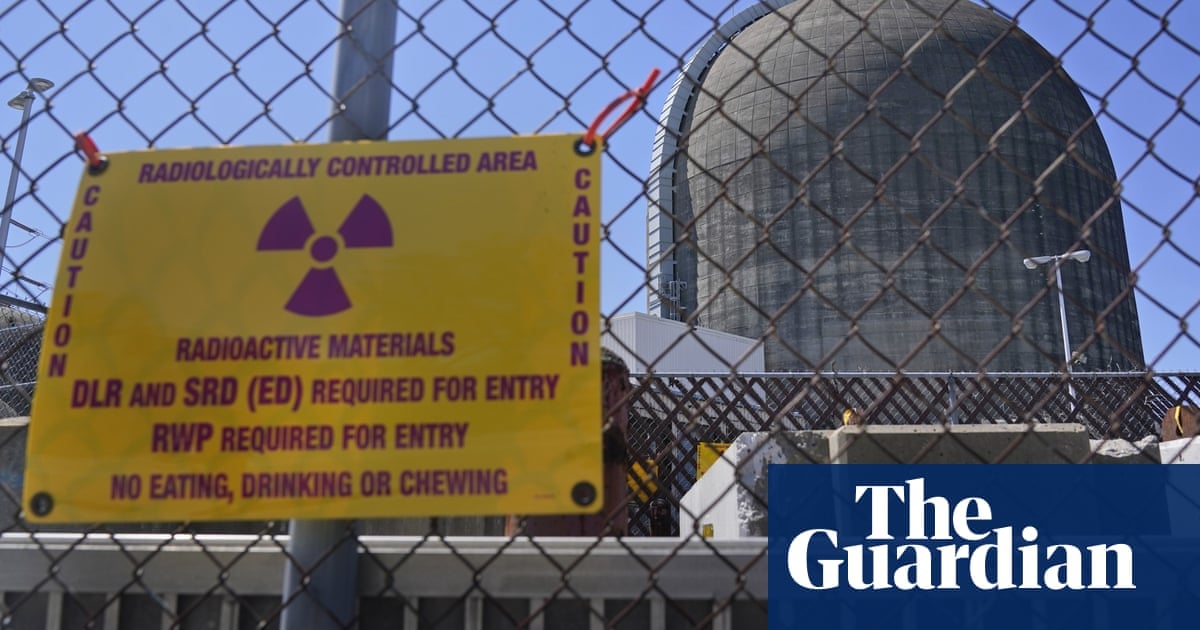Shuttering of New York facility raises awkward climate crisis questions as gas – not renewables – fills gap in power generation
When New York’s deteriorating and unloved Indian Point nuclear plant finally shuttered in 2021, its demise was met with delight from environmentalists who had long demanded it be scrapped.
But there has been a sting in the tail – since the closure, New York’s greenhouse gas emissions have gone up.
Castigated for its impact upon the surrounding environment and feared for its potential to unleash disaster close to the heart of New York City, Indian Point nevertheless supplied a large chunk of the state’s carbon-free electricity.
Since the plant’s closure, it has been gas, rather then clean energy such as solar and wind, that has filled the void, leaving New York City in the embarrassing situation of seeing its planet-heating emissions jump in recent years to the point its power grid is now dirtier than Texas’s, as well as the US average.



This winter my home city had a power supply crisis. It was night time (I live in a high latitude so nights last a long time during winter) which meant no solar, and it was -30C, which meant the wind turbines all shut down (they can’t operate when it’s below -30C). The whole province was short of power, only the coal and natural gas plants were keeping the lights on. We dodged rolling blackouts but it was a close thing. Lots of people live here.
Which is perfectly fine. Nuclear power plants can change how much power they’re putting out. It’s not “economic waste”, the term is “load-following power plant” and it’s routine for nuclear power plants.
You’re right that cold winters in northern latitudes present additional system constraints. But that doesn’t mean the renewables + storage strategy is flawed, it means we need more transmission and more storage, and gas backup will linger longer in such areas than it does in warmer areas. We’re still early in the transition and have a ton of low hanging fruit to capture before we need to really focus on the remaining 20%.